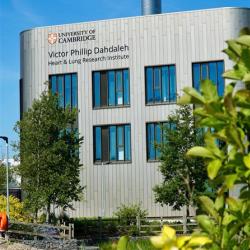We house over 80 Principal Investigators, 50% of whom are clinically active; and hold over 250 active grants worth £150M with an annual expenditure of £30M.
NOTE: All Department of Medicine PIs and Associate PIs are also Members of Specialty Medicine, Research and Training (SMaRT).





